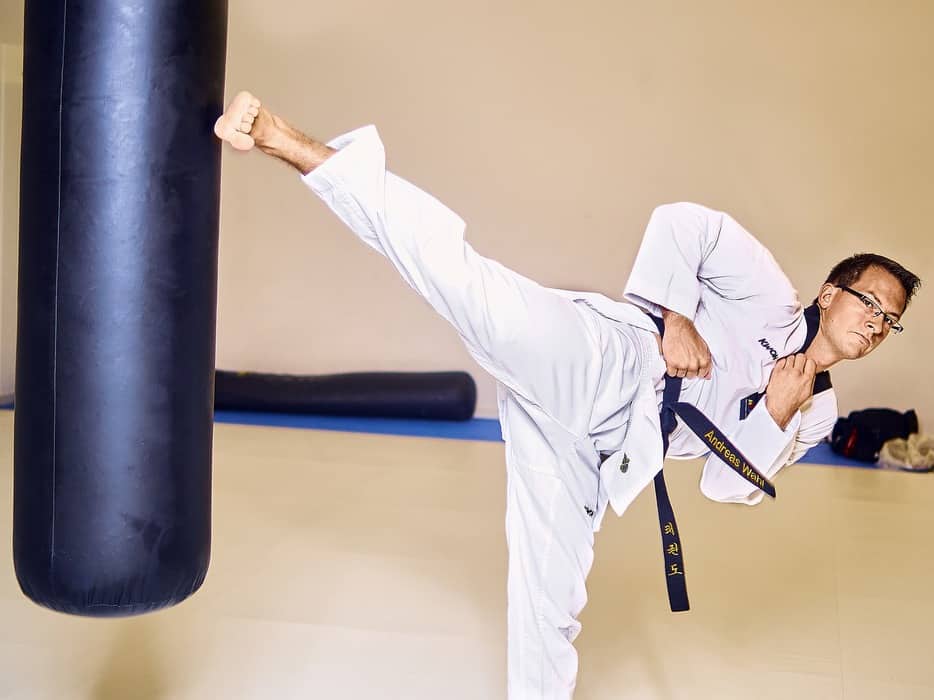In a Taekwondo sparring competition, the athlete’s goal is to kick and punch the opponent while avoiding being kicked and struck. Punches and simple kicks to the trunk score lower than the most challenging techniques, such as spinning kicks to the head. Penalties are given to players who fall or leave the matting area; therefore, tactics play a role. The five ways to score in competition Taekwondo sparring are listed below.
What are the basic rules of competition in Taekwondo?
Earning the most points is the name of the game in Taekwondo sparring, aside from knocking out your opponent. Competitors get points by landing a clean legal assault on the opponent’s head or trunk (the area covered by the chest protector). The following are the points awarded:
A strike to the pectoral guard is worth one point.
In Taekwondo, a punch must land clearly in the center to the upper part of the chest and with a lot of force to score. Corner referees score punches, which must be evident to all onlookers to be scored. Students in Taekwondo lessons have been permitted to use their boxing talents to score points under Taekwondo rules!
Two points are awarded for a regular kick to the chest guard.
These are the “bread and butter” of a Taekwondo fighter’s arsenal, and they should account for most of your points. The methods used to acquire these points are the most basic, making them the most accessible to rivals. Roundhouse kicks, sidekicks, and push kicks are all classic kicks that can score these points. It’s important to remember that you don’t have to kick exactly on the chest. You can also kick on the rib cage or the side of the chest guard.
A spinning kick that lands on the pectoral guard earn four points.
You will receive four points for any spinning kick you successfully land on your opponent. Back kicks, tornado kicks, and a roundhouse kick that lands after a spin or turn are examples of these kicks. These kicks are primarily utilized as defensive tactics, except for the twisting roundhouse kick. In other words, they are most effective when countering your opponent’s offensive attacks.
Three points are awarded for a regular kick to the head.
These kicks are a little harder to hit than kicks aimed toward the chest guard, so you’ll get more points if you succeed. Roundhouse kicks and ax kicks are the most common kicks to the head. Flexibility and leg strength are stressed in Taekwondo courses so that students may learn the technique of scoring with head kicks.
Five points are awarded for a spinning head kick.
These kicks are the hardest to land and, as a result, receive the most points. If they land with enough force, they can also knock out your opponent in many circumstances. Spinning hook kicks, rear sidekicks (that land on the head), spinning roundhouse kicks, and tornado kicks are all familiar kicks that will gain these five points. The kicking abilities of students in Taekwondo programs and their dynamic talents with their legs help them score maximum points in Taekwondo matches.




